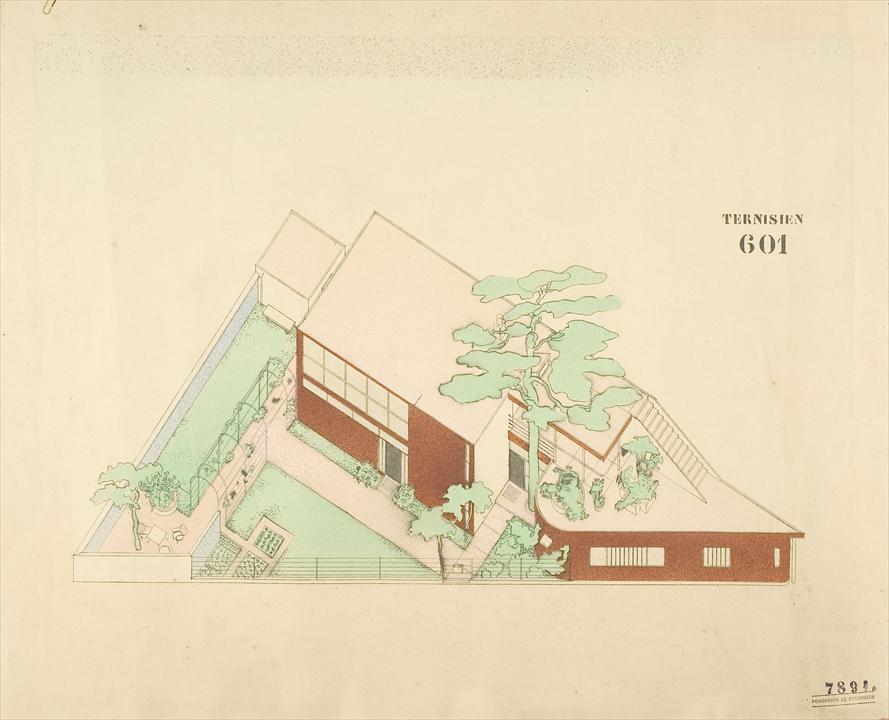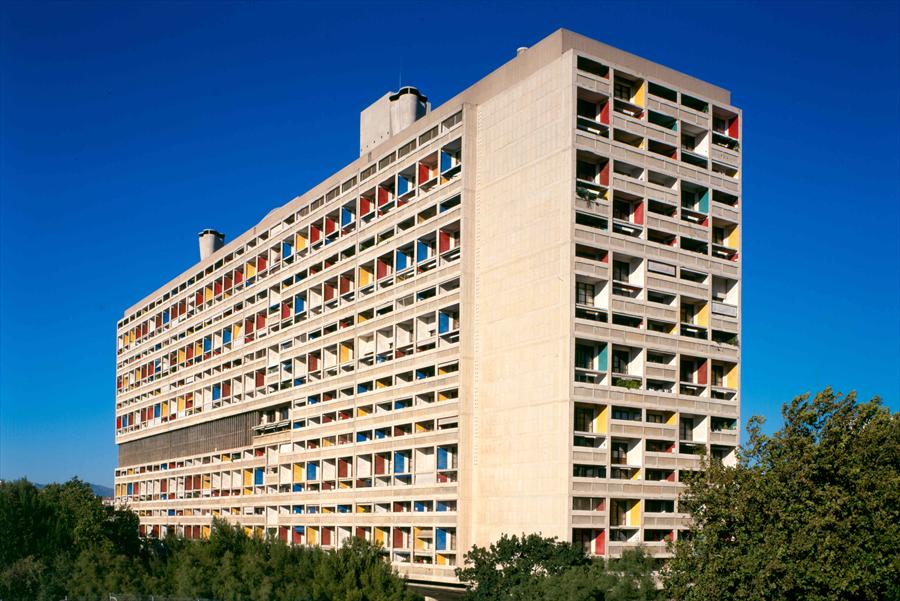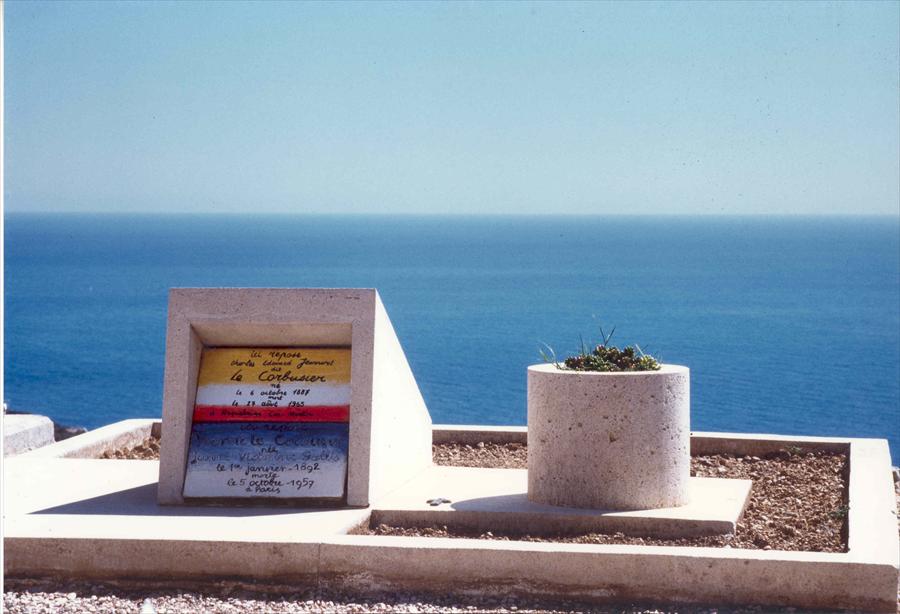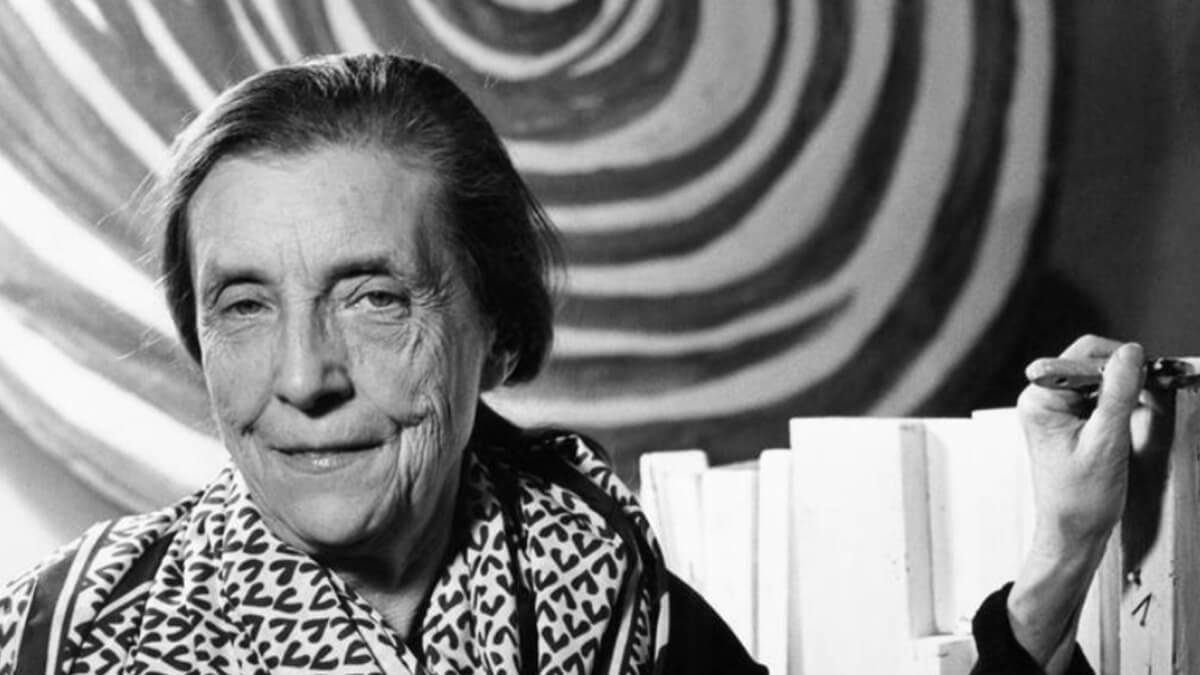
A lesson in style: Le Corbusier and L'Esprit Nouveau
Consecrated recently now that his work is inscribed on the UNESCO’s World Heritage List, Le Corbusier bequeathed a school of thought and buildings that make him a crucial figure in modern architecture. The genius of Le Corbusier resides in his simple and “bare” conception of architecture, so that it serves the needs of its time rather than outdated stylistic diktats. With more than 40 published editorial works, Le Corbusier was one of the greatest theorists of modern architecture if not its father…

Le Corbusier in 1961
Credit : AFP Photo / STF
After briefly studying drawing and etching, the young man who still went by the name of Charles-Edouard Jeanneret at the time turned to architecture and decoration when he was 17 years old. While his fellows worked with wood, in his first position as designer for a technical constructions company, Jeanneret was already toying with reinforced concrete… which would become his material of choice.
His short career in the industrial field determined his vision as an architect and urbanist. According to him, architects have a lot to learn from engineers. Engineers provide solutions to problems that have been clearly laid out, in a similarly clear and resourceful way. On the other hand, architects simply reproduce what has been done in the past. Therefore, the engineer’s method must be applied to architecture so that the latter may reflect its time and be freed from all classical and renaissance styles, deemed at the least obsolete.
The essays for the review L’Esprit NouveauI which he founded in 1920 with the painter Amédée Ozenfant were the first time he signed with the pseudonym “Le Corbusier“. Together, the two friends developed a new movement, purism, which valued simple forms and machinery and condemned whatever form of exuberance. Le Corbusier made it his priority to draw geometrical shapes, as “stripped” as possible, those being the “easiest to understand”. After falling out with Ozenfant and the consequent end of the review, in 1923, Le Corbusier presented a selection of published essays in Vers une architecture which established the basis of his vision of the modern habitat.

Credit : Fondation Le Corbusier
In 1927, the architect put into theory the advances of the modern movement in his “5 points for a new architecture” :
1) Stilts in order to raise the building and thus have more backyard space and the option of transparencies
2) The roof patio made possible by the use of concrete, this type of roof detaches the building from its backdrop
3) The open-plan layout such as, the floors now being held by boulders, the partitions no longer have a structural function and can be placed anywhere the architect wishes
4) The open façade with the envelop being independent from the structure itself which once again allows more architectural freedom
5) Windows in length or window walls with the resulting panoramic views, a real trademark of modernity in architecture
The Savoye Villa, which was commissioned a year later, is the most true and radical illustration (literally – he conceived it as such) of these fundamental principles.

Credit : Fondation Le Corbusier
In 1945, Le Corbusier invented the architectural notion of the Modulor… The Modulor, a mix of “module” (module) and “nombre d’or” (the golden number), is a standardized human silhouette that would allow him to design his notorious living units, out of which the most renowned is the Cité Radieuse in Marseille. His use of such tools and of a regulating layout, that enables one to determine the most “pleasant” proportions for a building, show to what point Le Corbusier was preoccupied by optimization. A preoccupation that sometimes turned into an unhealthy obsession considering he often talked of rationalizing society at whatever price, or even regenerating it…

The “Cité Radieuse” in Marseille
Credit : Fondation Le Corbusier
Whether it be in making concrete noble, whole-heartedly defending the utilitarian function of architecture and the necessity of simple shapes or always trying to optimize man’s relation to space, Le Corbusier marked the history of architecture. With works everywhere on the planet, “Corbu” taught the entire world what modernity in architecture and urbanism meant !
Le Corbusier in 3 quotes :
– “A house is a machine for living in”
– “Where there is order there is peace of mind”
– “Style is a measure of principle that is behind all the works of a period and that results from a characterized mind. Our period sets its style each day. Our eyes, unfortunately, do not know how to perceive it yet.”
First endeavour accomplished in France : a concrete water tower near Bordeaux
Distinctive feature : Le Corbusier could only see with one eye !

The tomb of “Corbu”
Credit : Fondation Le Corbusier

About Artsper
Founded in 2013, Artsper is an online marketplace for contemporary art. Partnering with 1,800 professional art galleries around the world, it makes discovering and acquiring art accessible to all.
Learn more













